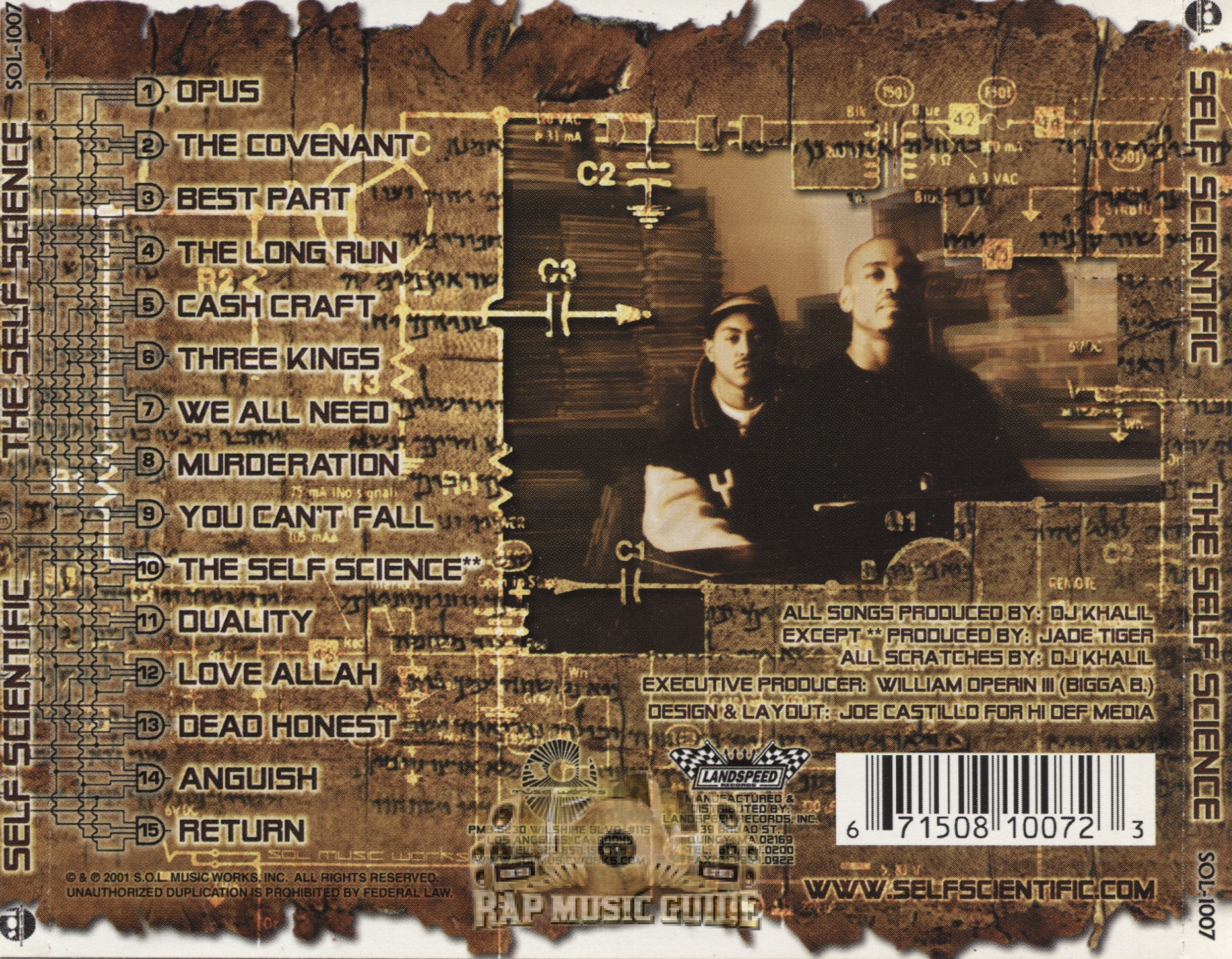

2020, A&A 634, 127Ĭosmological constraints from a joint cosmic shear analysis of the Kilo-Degree Survey (KV450) and the Dark Energy Survey (DES-Y1), using Complete Orthogonal Sets of E/B-Integrals (COSEBIs). KiDS+VIKING-450 and DES-Y1 combined: Mitigating baryon feedback uncertainty with COSEBIs Asgari et al. See Acknowledgements section in Manrique-Yus & Sellentin (2020) Loading explanatory module to use the trained models and plot power spectra We publicly provide the neural nets which memorise and output all 3x2 power spectra at a Euclid-like sky coverage and redshift binning. After training, we infer the seven parameters of a wCDM cosmology by Monte Carlo Markov sampling posteriors at Euclid-like precision within a day. The theoretical backbone to our neural net training can be any conventional (deterministic) theory code, where we chose CLASS. The latter provides an often lacking mechanism to control and debias the inference of physics. Focusing on a `3x2 analysis' which combines cosmic shear, galaxy clustering and tangential shear at a Euclid-like sky coverage, we arrange a total of 348000 data points into data matrices whose structure permits not only an easy prediction by neural nets, but it additionally permits the essential removal from the data of patterns which the neural nets could not `understand'. Our algorithm leaves complete control over theory and data analysis, unlike many black-box like uses of machine learning. We develop a fully non-invasive use of machine learning in order to enable open research on Euclid-sized data sets. (2021)Įuclid-era cosmology for everyone: Neural net assisted MCMC sampling for the joint 3x2 likelihood Manrique-Yus & Sellentin, 2020, MNRAS, 491, 2655 See Acknowledgements section of Brouwer et al. The KiDS Galaxy-Galaxy Lensing (GGL) pipeline (for access contact Cristóbal Sifón: cristobal_._sifon_at_pucv_._cl)
#SELF SCIENTIFIC THE SELF SCIENCE RAR RAR#
Weak lensing ESD profiles corresponding to the RAR results of Brouwer et al. These ESD profiles correspond to the lensing Radial Acceleration Relation (RAR) results shown in the respective figures of Brouwer et al. In this data release, each text file contains one Excess Surface Density (ESD) profile obtained using weak gravitational lensing with KiDS-1000. These measurements extend the radial acceleration relation (RAR), traditionally measured using galaxy rotation curves, by 2 decades in g_obs into the low acceleration regime beyond the outskirts of the observable galaxy. We present measurements of the radial gravitational acceleration around isolated galaxies, comparing the expected gravitational acceleration given the baryonic matter in the system (g_bar) with the observed gravitational acceleration (g_obs), using weak lensing measurements from the fourth data release of the Kilo-Degree Survey (KiDS-1000).

The Weak Lensing Radial Acceleration Relation: Constraining Modified Gravity and Cold Dark Matter theories with KiDS-1000 Brouwer et al., 2021, A&A, 650, A113 → Recorded talk for Cosmology from Home (2022)įor each gold sample: sampled posteriors in the form of Multinest chains data vectors, covariance matrices and redshift distributions cosmosis configuration files This data release contains the redshift distributions, COSEBI data vectors and covariance matrix, and MCMC chains for the gold samples, see the README.md file included in the tarball. Finally we performed a Complete Orthogonal Sets of E/B-Integrals (COSEBIs) cosmic shear analysis of the newly calibrated KiDS sample to show the robustness of the cosmological constraints with respect to the choice of redshift calibration data. We then enhanced the calibration sample with precision photometric redshifts from COSMOS2015 and the Physics of the Accelerated Universe Survey (PAUS), allowing us to fill gaps in the spectroscopic coverage of the KiDS data. Compared to the previous analysis of the KiDS-1000 data, we expand the redshift calibration sample to more than twice its size, now consisting of data of 17 spectroscopic redshift campaigns, and significantly extending the fraction of KiDS galaxies we are able to calibrate with our SOM redshift methodology. We present a cosmic shear analysis with an improved redshift calibration for the fourth data release of the Kilo-Degree Survey (KiDS-1000) using self-organising maps (SOMs). KiDS-1000: Cosmic shear with enhanced redshift calibration van den Busch et al., 2022, A&A 664, A170


 0 kommentar(er)
0 kommentar(er)
